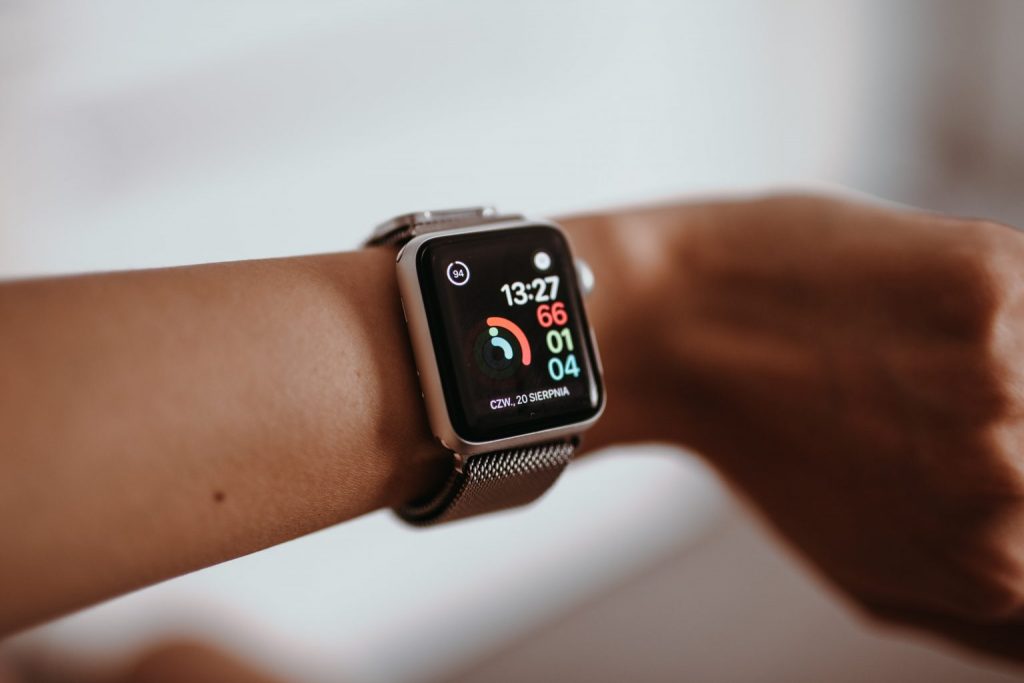With every new iteration of its smartwatch, Apple has been introducing health-oriented features that entice its customer base. As of late, the tech giant has reportedly made significant progress towards bringing blood glucose monitoring to its smartwatch. According to insiders cited by Bloomberg, the no-prick monitoring system is now at the “proof-of-concept stage”, which means that the technology is feasible now and could be brought to market in the future. The technology uses lasers to determine glucose concentration under the skin and was previously not scaled down enough, but has reportedly been shrunk down to the size of an iPhone. The system could not only help people with diabetes monitor their conditions but could also alert those who are prediabetic to make lifestyle changes that could prevent Type 2 diabetes.

The project has been under development for a long time, beginning in 2010 when Apple acquired blood glucose monitoring startup RareLight. Since then, the project has been kept under wraps by operating it as a seemingly isolated firm, Avolonte Health, before being folded into a previously unknown Exploratory Design Group (XDG). The company declined to comment on the project’s current status.
While it’s still too early to predict when the technology will be available, the incentives for bringing non-intrusive glucose monitoring to wearables are strong. Apple has marketed its smartwatch as a health device, capable of detecting atrial fibrillation, low blood oxygen levels, and ovulation cycles. Non-invasive glucose monitoring would be a significant step forward for people with diabetes. They would no longer need to rely on devices that pierce the skin, such as a continuous glucose sensor. However, the industry has a poor track record when it comes to bringing no-prick monitors to market, and it remains to be seen how accurate Apple’s solution will be. It might not even be present in the next Apple Watch when it comes out, considering Apple likes to perfect its technologies before it brings them to its consumers.
RELATED:
- Apple Patent Grants New Color-Adjustable Fabric Band for Apple Watch
- Apple Watch Faces Potential Ban as Biden Okays ITC Ruling on AliveCor’s Electrocardiogram Patent Infringement
- Best Budget Tablets 2023






